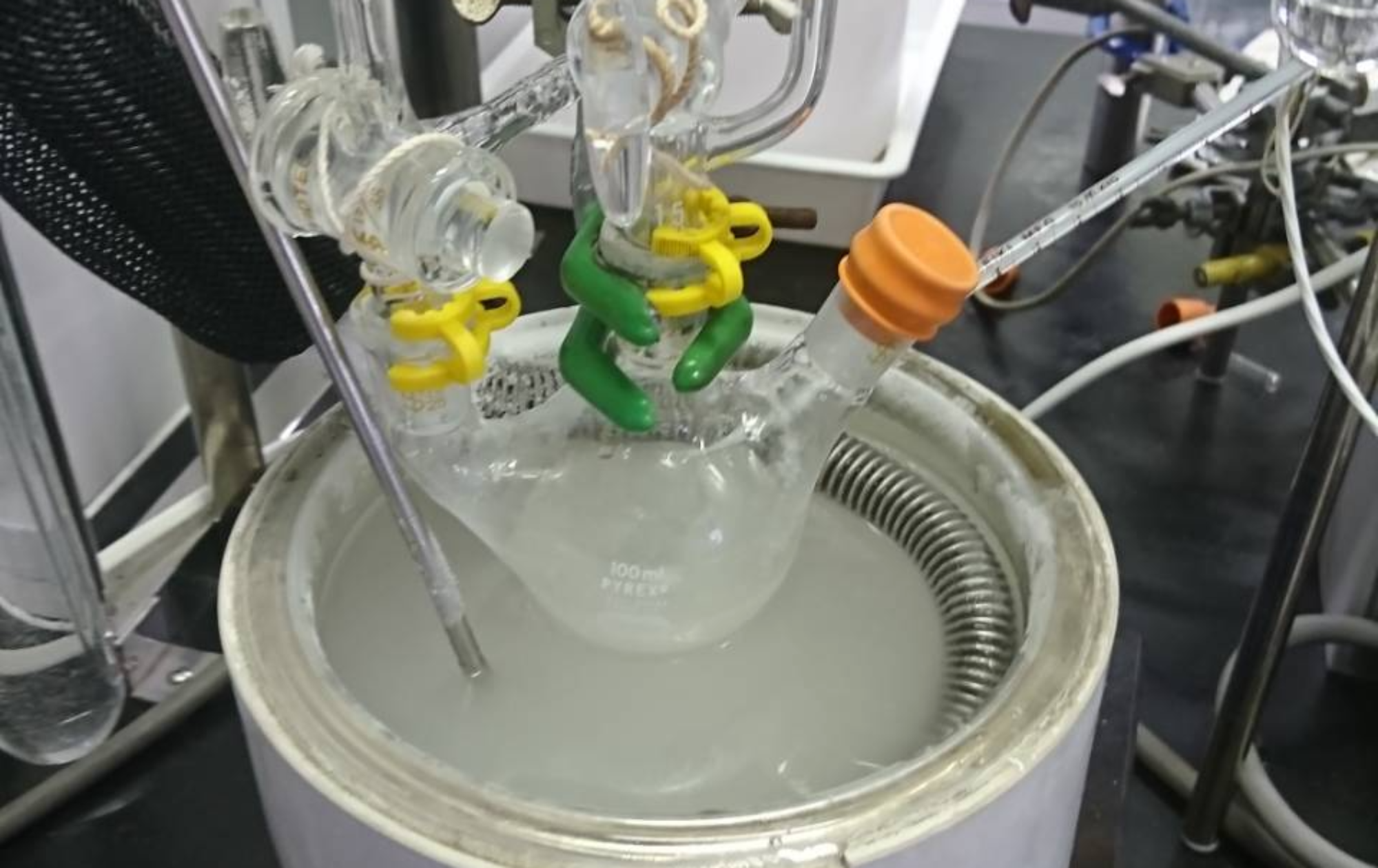
Although many useful chiral catalysts had been developed for the hydrogenation of heteroarenes by many researchers, the asymmetric reduction of carbocyclic arenes, such as benzene rings, still remain an unexplored issue in organic synthetic chemistry. We have been challenging the fulfillment of the highly enantioselective hydrogenation of benzene rings.
In 2012, we had reported the highly enantioselective hydrogenation of 2,6- and 2,7-disubstituted naphthalenes.1) This study is the second success in the hydrogenation of carbocyclic arenes with asymmetric catalysis. The naphthalenes 1 were converted to the chiral tetralins with high enantiomeric excesses (up to 92% ee) through the PhTRAP (L1)–ruthenium catalyst, which exhibited high enantioselectivities for the hydrogenation of 5-membered heteroarenes.

In the hydrogenations of quinolines and isoquinolines, their pyridine rings exclusively react with H2 to give the corresponding benzo-fused piperidines. Surprisingly, selective reduction of the benzene rings was observed in the hydrogenations of quinolines and isoquinolines when the PhTRAP–ruthenium catalyst was employed as the catalyst. With the chiral catalyst, 8-substituted quinolines were converted to the chiral 5,6,7,8-tetrahydroquinolines with up to 82% ee.2) The chiral catalyst is useful for the chemo- and enantioselective hydrogenation of isoquinolines.3)

Now, we are studying on the expansion of the ruthenium-catalyzed asymmetric hydrogenation of carbocyclic arenes. Concurrently, we are challenging the development of the asymmetric hydrogenation of non-fused benzene rings.
1) Angew. Chem. Int. Ed. 2012, 51, 4136.[link to journal article]
2) Chem. Commun. 2015, 51, 7558.[link to journal article]
3) J. Org. Chem. 2018, 83, 3829.[link to journal article]
